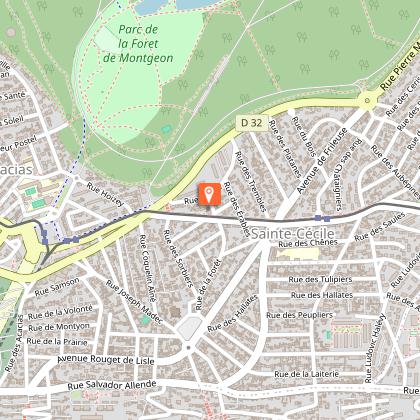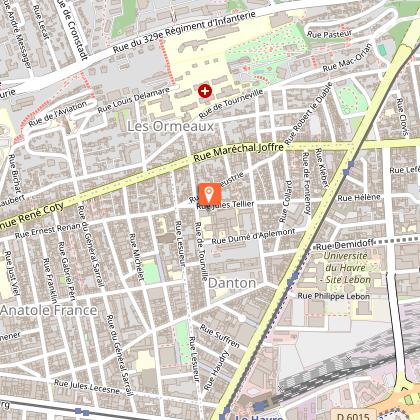Tours
Activities
Places of interest
Where to eat
Where to sleep
Seaside Retreat with Location Patrick Cars
Are you the owner?Located in Upper Normandy, Le Havre offers a wealth of activities for an unforgettable holiday. Stroll along its pebble beaches, perfect for a relaxing moment or a refreshing swim. Visit the city center, a UNESCO World Heritage site celebrated for its avant-garde architecture by Auguste Perret. Art enthusiasts will be delighted by the André Malraux Museum of Modern Art, renowned for its collection...See more
Walking around LOCATION PATRICK CARS
See more suggestionsDiscover the walking paths of LOCATION PATRICK CARS.
See more suggestionsWhat to do in LOCATION PATRICK CARS
See more suggestionsEnjoy the activities available in LOCATION PATRICK CARS for moments of relaxation and fun.
See more suggestionsIGN cards

1710ET - LE HAVRE ETRETAT PNR BOUCLE SEINE NORMANDE
Editor : IGN
Collection : TOP 25 ET SÉRIE BLEUE
Scale : 1:25 000
13.90€
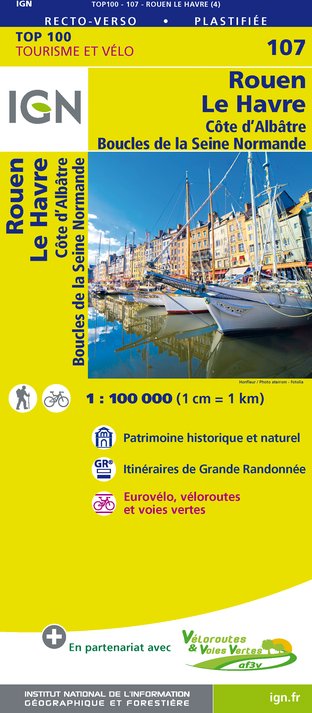
107 ROUEN LE HAVRE CÔTE D'ALBÂTRE BOUCLES DE LA SEINE NORMANDE
Editor : IGN
Collection : TOP 100
Scale : 1:100 000
8.40€

D27-76 EURE SEINE-MARITIME
Editor : IGN
Collection : CARTES DÉPARTEMENTALES IGN
Scale : 1:150 000
5.90€
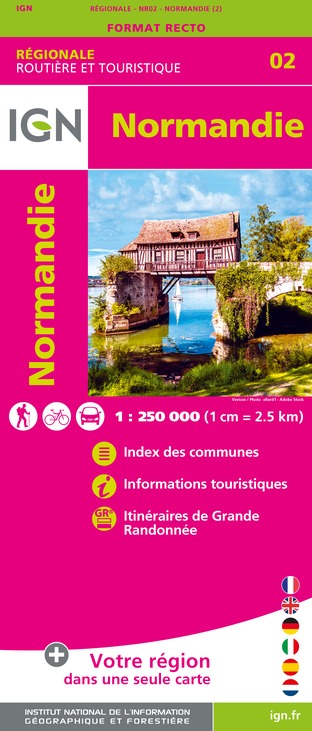
NR02 NORMANDIE
Editor : IGN
Collection : CARTES RÉGIONALES IGN
Scale : 1:250 000
6.80€
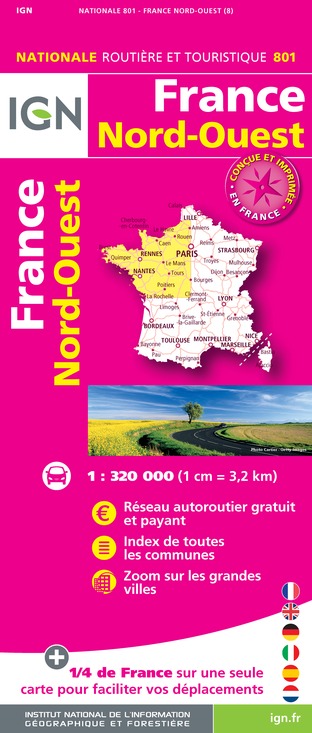
801 FRANCE NORD OUEST
Editor : IGN
Collection : CARTES NATIONALES IGN
Scale : 1:320 000
6.10€

EUROPE
Editor : IGN
Collection : DÉCOUVERTE DES PAYS DU MONDE IGN
Scale : 1:2 500 000
7.00€
What to visit in LOCATION PATRICK CARS
See more suggestionsDiscover the nightlife of LOCATION PATRICK CARS.
See more suggestionsWhere to eat in LOCATION PATRICK CARS
See more suggestionsFood enthusiasts will love LOCATION PATRICK CARS's restaurants.
See more suggestionsWhere to sleep in LOCATION PATRICK CARS
See more suggestionsStay at one of the many hotels in LOCATION PATRICK CARS.
See more suggestions










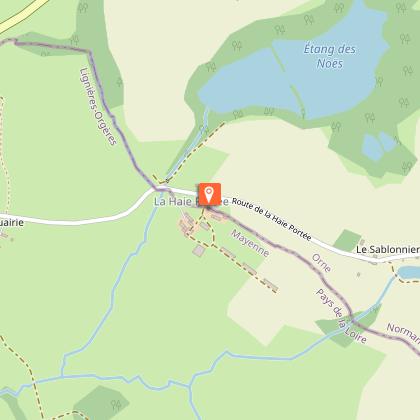





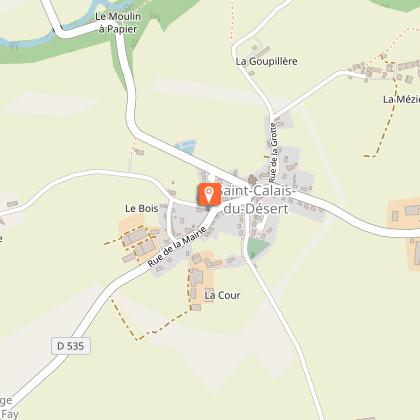






![[R] Jardin Japonais [R] Jardin Japonais](https://fichier0.cirkwi.com/image/photo/poi/420x420/4838856/en/0.jpg?1765450852)




















